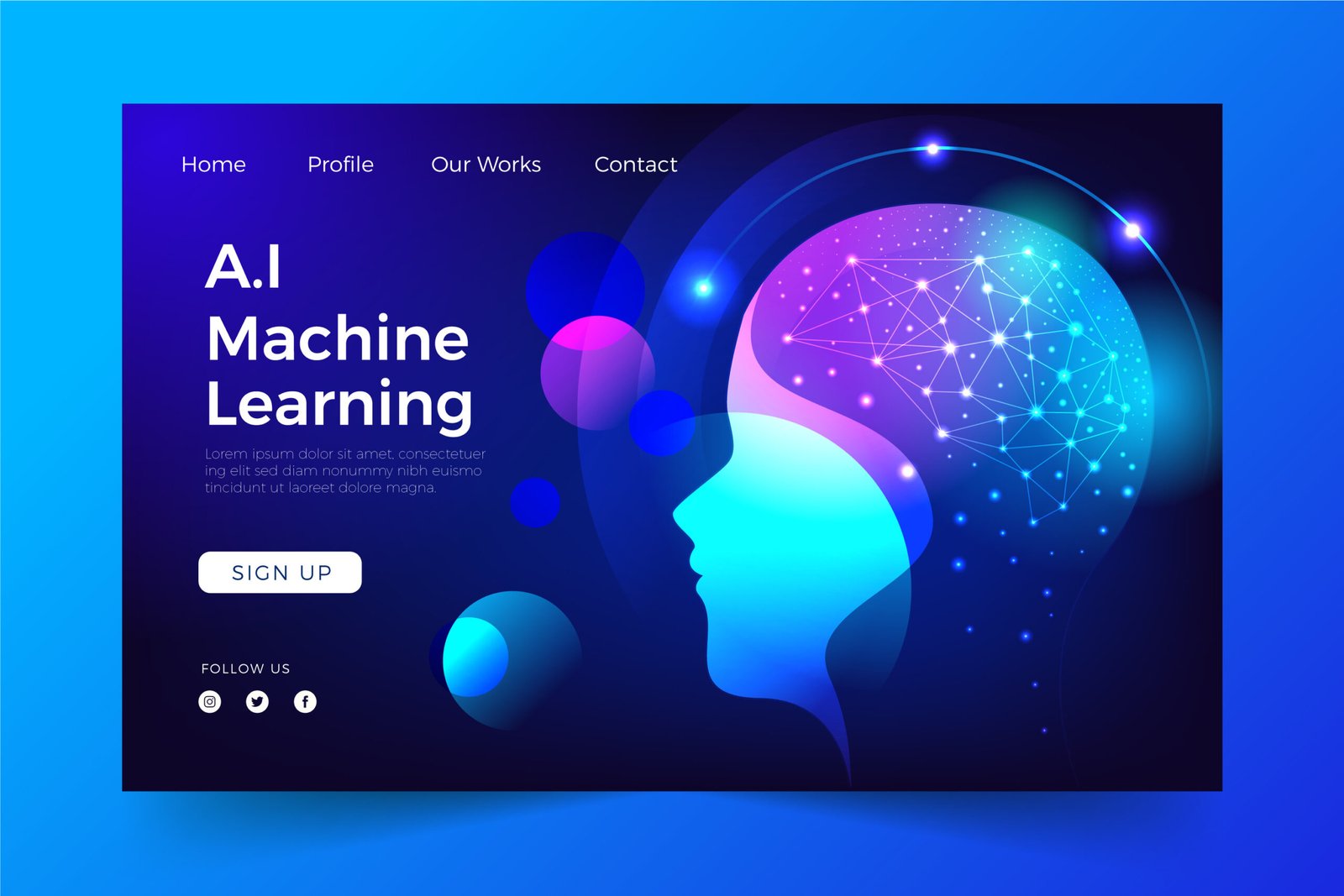Introduction
In the fast-paced world of B2B, data is not just a resource — it’s a competitive advantage. But in 2025, speed has become the most valuable asset in data strategy. Real-time B2B analytics is no longer a nice-to-have; it’s a must-have for companies looking to stay ahead of the curve.
With markets shifting faster than ever, relying on weekly or even daily reports just doesn’t cut it anymore. Companies need insights instantly — not after the moment has passed. In this article, we explore what real-time B2B analytics means, why it matters in 2025, and how to leverage it for smarter, faster decisions.
What Is Real-Time B2B Analytics?
Real-time B2B analytics refers to the immediate processing of data as it becomes available. Instead of pulling static reports or waiting for batch updates, businesses can access up-to-the-minute insights to guide decisions in marketing, sales, customer service, and operations.
This approach enables you to act on buyer signals as they happen, optimize campaigns instantly, and stay several steps ahead of the competition.
Why Speed Beats Perfection
In 2025, B2B decision-making needs to be as agile as the buyers themselves. The buyer journey is increasingly self-directed and fragmented, which means businesses must respond quickly to every touchpoint.
Here’s why speed outperforms perfection:
- Shorter buyer cycles: The quicker you respond to interest, the higher your chances of converting.
- Campaign agility: Real-time insights allow marketers to adjust underperforming ads, landing pages, or CTAs instantly.
- Customer retention: Fast responses to behavior patterns or complaints improve experience and loyalty.
- Sales enablement: Sales teams get real-time alerts on buyer actions, helping them follow up when intent is at its peak.
Perfect data that arrives too late is less useful than timely, actionable insights that drive immediate results.
Top Use Cases for Real-Time B2B Analytics
1. Lead Scoring and Prioritization
With real-time scoring, your sales team can focus on high-intent leads the moment they show interest — not days later.
2. Website Behavior Tracking
Real-time visitor tracking allows you to personalize the experience based on scroll depth, click activity, or returning sessions.
3. Campaign Optimization
Marketers can monitor email opens, ad clicks, and engagement live, making necessary tweaks to boost ROI.
4. Churn Detection and Retention
Customer behavior can signal dissatisfaction. Real-time analytics helps identify these signals early, prompting immediate retention strategies.
5. Predictive Sales Intelligence
Using machine learning models, businesses can predict the likelihood of deal closures or upsells based on real-time buyer interactions.
Technology Behind Real-Time B2B Analytics
Here are the key tools and technologies driving real-time B2B analytics in 2025:
- Cloud data platforms like Snowflake or BigQuery offer scalable, high-speed data processing.
- Streaming tools like Apache Kafka or Amazon Kinesis power real-time data flow.
- AI and machine learning detect patterns and generate predictions on the fly.
- Real-time dashboards through tools like Tableau or Power BI turn raw data into insights instantly.
Real-Time vs Batch Analytics: What’s the Difference?
Traditional batch analytics processes data in chunks, typically once a day or at set intervals. This is great for long-term trend analysis but not ideal for time-sensitive decisions.
Real-time analytics, on the other hand, delivers continuous insights. That means if a lead clicks a pricing page, you know about it in seconds — and can act accordingly.
While batch analytics still has its place for reporting and forecasting, real-time B2B analytics powers the day-to-day tactical decisions that drive pipeline velocity and deal acceleration.
Challenges in Real-Time B2B Analytics
Adopting real-time analytics isn’t without hurdles:
- Data quality: Instant analysis requires clean, well-structured data.
- Integration complexity: Connecting multiple data sources in real time can be technically challenging.
- Cost: Streaming infrastructure can be expensive if not optimized correctly.
- Team readiness: Your team needs to know how to interpret and act on real-time insights.
These challenges can be addressed with proper planning, skilled personnel, and the right tech stack.
How to Get Started with Real-Time B2B Analytics
If you’re ready to adopt real-time analytics, start with these steps:
1. Identify High-Impact Use Cases
Pick a specific area such as lead qualification or campaign monitoring where real-time analytics can show quick wins.
2. Audit Your Current Stack
Evaluate your CRM, marketing automation platform, and analytics tools to see which ones support real-time capabilities.
3. Implement Data Streaming Tools
Use tools like Segment or Kafka to create a pipeline for real-time data collection and transformation.
4. Build or Upgrade Dashboards
Use real-time dashboards that surface the metrics your team needs to act fast — whether it’s sales, marketing, or service.
5. Train Your Team
Ensure everyone involved understands how to use the data. Speed is useless if no one acts on the insights.

The Future of Real-Time B2B Analytics
Real-time analytics is evolving rapidly. As AI and edge computing continue to improve, we’ll see even more capabilities emerge:
- Hyper-personalization at scale
- Real-time voice and video data insights
- AI copilots summarizing buyer behavior live
- Predictive insights integrated directly into CRM and marketing tools
By 2025, businesses not using real-time B2B analytics will fall behind those that can adapt on the fly and deliver relevant experiences instantly.
Conclusion
In the world of B2B, timing is everything. Real-time B2B analytics gives you the power to engage buyers, optimize strategies, and make smarter decisions — all at the speed of opportunity.
As competitors rush to embrace speed over static reports, staying ahead means shifting from reactive to real-time. It’s no longer about perfect data tomorrow. It’s about actionable data now.
Call to Action
Is your team ready to move at the speed of real-time B2B analytics? Start small, think big, and act fast. For more insights into emerging B2B trends, subscribe to our blog or get in touch with our strategy team.





